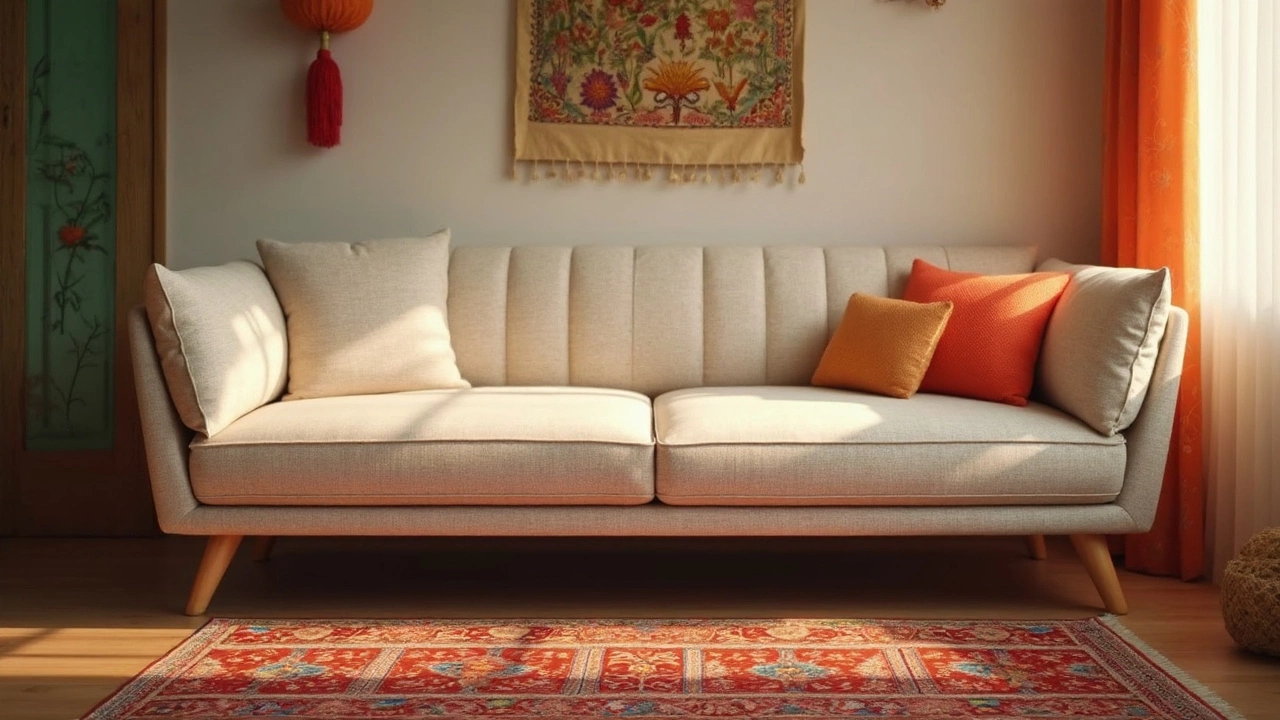Foam Density and Its Impact on Sports Flooring
When working with Foam Density, the mass of foam per unit volume that determines how firm or soft a foam surface feels. Also known as foam firmness, it directly affects comfort, support, and durability in any application, you’re really dealing with a key performance metric for many built environments. In the world of Sports Flooring, foam density decides whether a basketball court feels springy or a gym mat feels too hard. The same principle applies to Cushioning, which is the layer that absorbs impact and reduces fatigue during intense activity. A higher density often means better impact absorption, while a lower density can improve flexibility but may sacrifice protection. Architects and interior designers constantly balance these traits to meet the needs of athletes, recreational users, and budget constraints. Understanding how foam density influences load distribution, wear resistance, and acoustic performance helps you choose the right material for schools, training centers, or home gyms.
Why Foam Density Matters for Different Projects
Foam density isn’t just a number on a spec sheet; it shapes the whole user experience. In a high‑traffic gym, a medium‑to‑high density foam can endure repeated jumps without compressing, extending the floor’s service life and keeping the surface safe. For a yoga studio, a lower density might be preferred to give practitioners a softer feel while still providing enough support for balance poses. The same density considerations affect Interior Design, where designers pick foam that aligns with aesthetic goals and maintenance needs. A denser foam resists stains and is easier to clean, an advantage for facilities that host sports events and see a lot of foot traffic. Moreover, foam density interacts with sub‑floor systems, influencing how vibrations travel through a building. Properly matched density reduces noise, making multi‑use venues more comfortable for nearby classrooms or offices. By treating foam density as a bridge between performance and aesthetics, you can tailor solutions that meet safety standards, budget limits, and visual appeal.
Below you’ll find a curated collection of articles that dive deeper into how foam density shapes construction decisions, athlete performance, and post‑event recovery. Whether you’re planning a brand‑new sports complex, renovating an existing gym, or simply curious about the science behind a comfortable floor, the posts ahead cover everything from material selection and profit margin calculations to practical cleaning tips and design trends. This roundup gives you the practical insights you need to make informed choices about foam density and related topics, helping you deliver surfaces that perform, look great, and last.
 26 Mar 2025
26 Mar 2025
Choosing the right foam density for your sofa cushions can make all the difference in comfort and durability. Foam density refers to how tightly the material is packed, impacting your seating experience. Densities like 32 and 40 are common, each offering distinct benefits. Understanding these can help you decide which is better suited for your lifestyle and needs. Let's explore what makes each density unique and which might be the perfect fit for you.
View More
